MARKET OVERVIEW
The Japan dry eye syndrome market will be a unique healthcare segment influenced by both clinical requirements and patient demand. Although the condition itself is not new, how it will be perceived, handled, and treated in Japan will impart a direction to this market that is different from other nations. The treatment of the Japan dry eye syndrome market will not just include medicines but also diagnostics, lifestyle interventions, and long-term care interventions that will change with the country's demographic and medical trends. In Japan, dry eye syndrome will not just be treated as a minor irritation but as a condition that can impact productivity, mental health, and general quality of life.
The market will thus expand out of a base in which ophthalmologists, drug firms, and even tech developers will work together to create treatments that integrate into the regimens of an older but extremely active population. Since Japan will still experience one of the highest percentages of aging citizens in the world, the need for better therapeutic solutions will be inextricably linked to social change. The Japan dry eye syndrome market will evolve by integrating conventional medical routes with innovations in delivery modalities to ensure easier and more sustainable compliance among patients. The other characteristic of this market will be its reaction to urban Japanese lifestyle modifications. With years spent staring at screens, the majority of the working population will be at risk of dry eye.
The market will not only supply eye drops but will also define digital health products that track symptoms and provide feedback loops between clinicians and patients. This convergence of technology and medicine will redefine how treatment will be addressed in the future. Cultural thinking will also have an impact on the industry. In Japan, medical choices will frequently be determined by trust in traditional methods, but the consumer will be receptive to new methods if properly presented. This ambivalence will render the market distinctive from Western markets, where consumerism tends to be more experimental.
In this regard, success will hinge on innovation balanced with cultural receptivity, so that products and services are embraced by patients and supported by healthcare practitioners. Development of the market will also be led by science. Japan has traditionally been a hotbed of ophthalmological research, and this scientific foundation will provide the industry with a competitive advantage in generating cutting-edge treatments. Clinical trials and academic collaborations will continue to shape protocols of treatment, and these results will be utilized by companies to establish themselves as reliable providers. The market for the Japan dry eye syndrome will thus develop its strength on not just business strategies but on a platform of strict research and evidence.
In the years to come, the Japan dry eye syndrome market will become an integrated industry where medicine, technology, and social consciousness come together. It will no longer be limited by the walls of hospitals and pharmacies but will spill over into daily life, transforming the way Japanese society perceives and deals with eye health.
Japan Dry Eye Syndrome Market is estimated to reach $1106.1 Million by 2032; growing at a CAGR of 3.0% from 2025 to 2032.
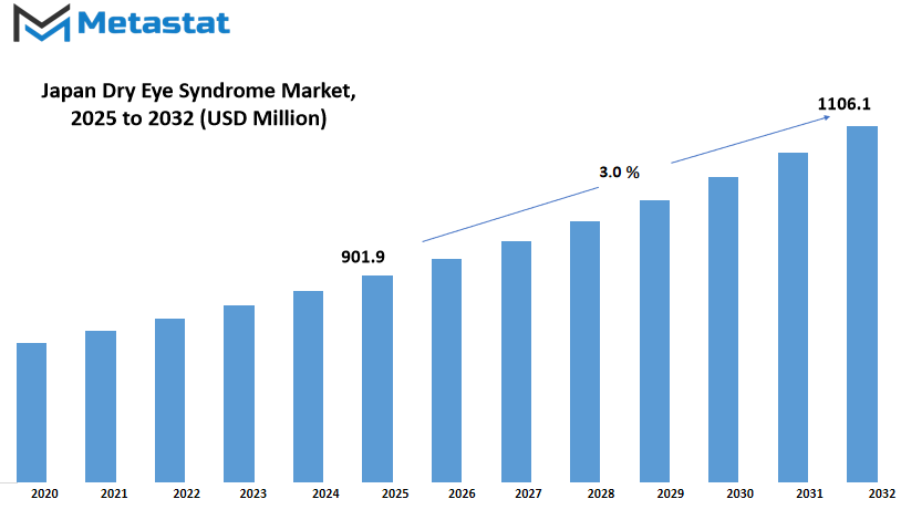
GROWTH FACTORS
The Japan dry eye syndrome market is poised for significant development in the coming years, driven by multiple growth factors that will shape its trajectory. Increasing prevalence of lifestyle-related eye conditions is one of the primary contributors to this trend. With prolonged screen exposure from digital devices becoming more common, the demand for effective treatments for dry eye syndrome will continue to rise. Furthermore, the aging population in Japan will significantly influence the market, as older individuals are more susceptible to eye-related disorders. The combination of lifestyle changes and demographic shifts will create a strong foundation for market expansion.
Technological advancements in ophthalmic solutions will also serve as key driving factors. New formulations and innovative delivery systems are expected to improve treatment efficiency and patient compliance. As healthcare providers adopt these advanced solutions, the availability and effectiveness of treatments for dry eye syndrome will increase, supporting sustained growth in the market. In addition, increased awareness regarding eye health and the consequences of untreated dry eye syndrome will encourage more people to seek medical care. Public health campaigns and education programs will play a role in promoting early diagnosis and treatment, which will positively affect market demand.
However, certain challenges might hamper market growth. High treatment costs could limit access for some patients, slowing adoption of newer therapies. In addition, the lack of standardization in treatment protocols may cause inconsistencies in patient outcomes, which could affect confidence in available solutions. Regulatory hurdles and lengthy approval processes for new therapies may also slow the introduction of innovative treatments, temporarily restraining market expansion.
Despite these challenges, the market holds significant potential for lucrative opportunities in the coming years. Partnerships between pharmaceutical companies and research organizations are likely to foster the development of next-generation therapies. Additionally, the growing trend of preventive eye care will encourage investment in products designed to reduce the onset of dry eye syndrome. Expansion of healthcare infrastructure and digital health solutions will further enhance market accessibility, creating a favorable environment for sustained growth.
Overall, the Japan dry eye syndrome market will continue to evolve under the influence of demographic changes, technological progress, and increasing awareness of eye health. While challenges such as high costs and regulatory delays may slow certain aspects of growth, the combination of innovative solutions, preventive care trends, and strategic collaborations will ensure that the market achieves substantial opportunities in the near future.
MARKET SEGMENTATION
By Product Type
The Japan Dry Eye Syndrome Market is expected to experience notable growth in the coming years, driven by increasing awareness of eye health and the rising prevalence of lifestyle-related eye conditions. The market will witness significant developments due to technological advancements in treatments and an expanding base of patients seeking effective solutions. Among the factors shaping this growth, the aging population and extended screen usage will remain central, as these conditions often contribute to the onset and progression of dry eye syndrome.
By product type, the market is divided into Artificial Tears, Anti-inflammatory Drugs, and Others. Artificial Tears will continue to dominate, as they offer immediate relief for discomfort and are widely accessible in both over-the-counter and prescription forms. Their popularity is expected to rise further as new formulations emerge, providing longer-lasting hydration and improved eye comfort. Anti-inflammatory Drugs will hold a growing share, particularly among patients with chronic or severe conditions. The development of medications with enhanced efficacy and fewer side effects will influence treatment patterns and encourage broader adoption. The Others segment, including devices and alternative therapies, will gain attention as innovation in this area grows, offering new ways to manage symptoms and improve quality of life.
Futuristic trends suggest that the market will increasingly focus on personalized treatment approaches. Advances in diagnostic tools and digital health technologies will enable better patient monitoring and tailored therapies. Integration of smart devices that track eye moisture levels or blink patterns will become part of routine care, providing timely interventions and improving treatment outcomes. Pharmaceutical companies will likely prioritize research in sustained-release formulations and combination therapies to address multiple aspects of the condition simultaneously.
Additionally, collaboration between healthcare providers and technology developers will accelerate the availability of innovative solutions. Awareness campaigns and patient education will further strengthen market growth, as understanding of prevention and management strategies improves. The market will also benefit from regulatory support for new therapies, encouraging investment in research and expansion of treatment options.
Overall, the market is set to expand steadily, with product innovations, personalized care approaches, and technological integration driving progress. Artificial Tears, Anti-inflammatory Drugs, and emerging alternatives will shape treatment practices, while continuous advancements will offer more effective and convenient solutions for patients. This growth trajectory highlights a promising future for the market, where patient needs and technological developments intersect to create improved eye care outcomes.
By Disease Type
The Japan Dry Eye Syndrome Market is expected to experience significant growth in the coming years due to rising awareness about eye health and increasing prevalence of lifestyle-related eye conditions. Factors such as prolonged screen exposure, aging populations, and environmental conditions contribute to the growing demand for effective treatments. The market will witness innovations in diagnostic tools, therapeutic approaches, and preventive measures that will improve patient outcomes and quality of life.
By disease type, the market is divided into Evaporative Dry Eye Syndrome and Aqueous Dry Eye Syndrome. Evaporative Dry Eye Syndrome, caused by excessive tear evaporation, will continue to dominate a significant portion of the market. Increasing research on improving tear film stability and developing lipid-based eye drops will provide more advanced solutions for patients. On the other hand, Aqueous Dry Eye Syndrome, which occurs due to reduced tear production, will also see a rise in treatment options, including novel medications and advanced tear substitutes that will enhance comfort and vision clarity. Both types will benefit from technological advancements that allow faster diagnosis and personalized treatment plans, helping healthcare providers address individual patient needs more effectively.
The market will also witness changes driven by increasing investment in research and development. Companies focusing on next-generation therapies, including regenerative approaches and innovative drug delivery systems, will likely redefine the treatment landscape. Eye care professionals will adopt these technologies to manage chronic conditions more efficiently, resulting in improved patient satisfaction and adherence to treatment. Furthermore, collaborations between healthcare institutions and pharmaceutical companies will accelerate the availability of advanced treatment options in the country.
Patient awareness and education will play a crucial role in shaping the future of the market. Initiatives aimed at early detection, lifestyle modifications, and preventive care will reduce the severity of the condition, while digital health tools and telemedicine platforms will enhance accessibility to treatment. With rising focus on comprehensive eye care, the market will move toward more holistic and patient-centered approaches, ensuring better management of symptoms and long-term outcomes.
Overall, the market will continue to grow steadily as technological advancements, research investments, and public awareness converge. Both Evaporative Dry Eye Syndrome and Aqueous Dry Eye Syndrome segments will witness targeted improvements in treatment and diagnosis, creating a more efficient and patient-friendly healthcare environment in the country.
By Treatment Modality
The Japan dry eye syndrome market is expected to grow steadily as increasing awareness of eye health and the rising prevalence of dry eye conditions drive demand for effective treatments. Aging populations, prolonged screen use, and environmental factors such as pollution and low humidity are contributing to a higher incidence of dry eye syndrome in Japan. The market will see significant developments as new therapies and advanced formulations are introduced to meet patient needs.
By treatment modality, the market is divided into several segments, including lubricating agents, tear stimulators, anti-inflammatory agents, antibiotic drugs, and others. Lubricating agents will continue to dominate the market due to their immediate relief and widespread availability. These agents provide temporary hydration and comfort, making them a first choice for individuals experiencing mild to moderate symptoms. Continuous research and improvements in formulation are expected to enhance their effectiveness, extending their presence in the market.
Tear stimulators will also see notable growth as innovations target the underlying causes of dry eye rather than just the symptoms. These treatments will gain traction among patients seeking long-term solutions, especially as clinical studies confirm their ability to improve natural tear production. Anti-inflammatory agents will have a strong role in managing chronic conditions and cases associated with inflammation. With increasing emphasis on personalized treatment approaches, these agents will help address specific patient needs and improve quality of life.
Antibiotic drugs, though less frequently used, will remain important for managing infections that can exacerbate dry eye symptoms. Their inclusion in treatment protocols ensures comprehensive care, particularly for patients with recurring complications. Other treatments, including emerging therapies and combination products, will offer new opportunities for growth in the market, providing patients with innovative options beyond conventional therapy.
Looking ahead, the market will benefit from advancements in drug delivery technologies and a growing focus on patient-centered care. Increasing investment in research and development will introduce more effective, convenient, and safe treatment options. Collaborations between healthcare providers, pharmaceutical companies, and research institutions will further support the development of therapies that address unmet needs. Overall, the market will continue to expand as treatment options diversify, offering hope for better management of dry eye syndrome and improved outcomes for patients in Japan.
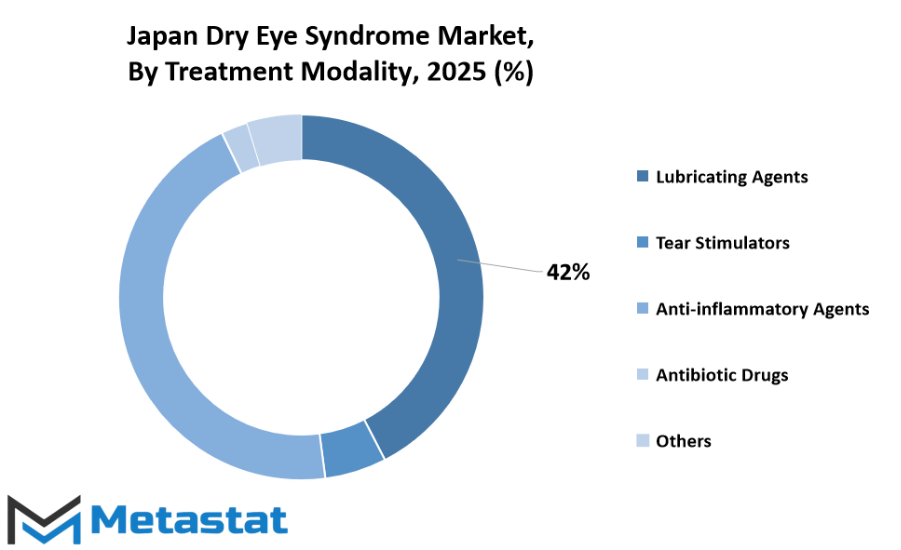
By Distribution Channel
The Japan Dry Eye Syndrome Market is set to witness significant changes in the coming years, driven by shifts in consumer behavior, technological advancements, and evolving healthcare infrastructure. The increasing awareness about eye health, coupled with rising screen time and urban lifestyles, will drive demand for effective treatments and solutions. As more individuals seek convenient access to medications, the distribution channels will play a pivotal role in shaping market growth.
By distribution channel, the Japan Dry Eye Syndrome Market is divided into Hospital Pharmacies, Retail Pharmacies, Online Pharmacies, and Others. Hospital Pharmacies are expected to maintain a strong presence due to the trust patients place in healthcare institutions. These pharmacies will continue to serve as primary access points for prescribed medications and specialized treatments. The role of hospital pharmacies will expand further with increasing collaboration between ophthalmologists and pharmacists, ensuring that patients receive timely guidance and personalized care.
Retail Pharmacies will also experience steady growth as they provide easier access for individuals seeking over-the-counter options. Their widespread presence across cities and towns ensures that medications are available without the need for formal appointments. Retail pharmacies will adopt advanced inventory management and customer support systems, enhancing the purchasing experience and improving patient adherence to treatment plans.
Online Pharmacies are projected to see the fastest growth within the distribution channels segment. The convenience of doorstep delivery, coupled with increasing digital literacy, will encourage more patients to purchase treatments online. These platforms will integrate features such as teleconsultation, subscription services, and automated reminders, making it simpler for patients to maintain consistent treatment routines. Digital platforms will also leverage data analytics to understand patient preferences and optimize product offerings.
The Others segment, which includes specialized clinics and small-scale distributors, will continue to cater to niche demands. These channels will focus on providing targeted solutions and maintaining strong connections with local communities. Innovations in service delivery, such as mobile dispensing units or pop-up health kiosks, will further enhance accessibility in underserved areas.
Overall, the Japan Dry Eye Syndrome Market will evolve to balance traditional pharmacy settings with digital and innovative distribution methods. The focus on patient convenience, coupled with technological integration, will shape how treatments are accessed and administered, ensuring that both efficiency and care quality improve in the near future.
|
Forecast Period |
2025-2032 |
|
Market Size in 2025 |
$901.9 million |
|
Market Size by 2032 |
$1106.1 Million |
|
Growth Rate from 2025 to 2032 |
3.0% |
|
Base Year |
2024 |
COMPETITIVE PLAYERS
The Japan Dry Eye Syndrome Market is expected to witness significant growth in the coming years, driven by increasing awareness of eye health, rising screen time, and an aging population. Demand for effective treatments and solutions will continue to rise as more individuals experience symptoms associated with dry eye syndrome. The market will not only expand in terms of volume but also in technological advancements that improve the delivery and effectiveness of therapies. Innovations in formulations, such as preservative-free eye drops and long-acting treatments, will shape the future of the market, making management of the condition more convenient and effective for patients.
Competitive players in the market are actively focusing on product development, strategic collaborations, and regional expansions to strengthen their position. Santen Pharmaceutical Co., Ltd. is expected to maintain a strong presence through continuous research and the introduction of advanced ophthalmic solutions. Rohto Pharmaceutical Co., Ltd. will likely leverage its extensive distribution network and consumer trust to enhance its market share. Senju Pharmaceutical Co., Ltd. is anticipated to prioritize innovative treatments and niche product offerings to address unmet medical needs, while Otsuka Pharmaceutical Co., Ltd. will aim to combine its expertise in pharmaceuticals with emerging technologies for better patient outcomes.
Other prominent companies, including Lion Corporation, Bausch + Lomb, and Sun Pharmaceutical Industries, Inc. (Sun Ophthalmics), will increasingly focus on expanding product accessibility and creating formulations tailored to local patient preferences. Alcon Inc. is expected to continue investing in research and development to introduce advanced solutions that improve comfort and efficiency in managing dry eye syndrome. Viatris Inc. and OASIS Medical will likely pursue collaborations and partnerships that enhance their presence and support innovation in treatment options.
The competitive landscape of the market will evolve as players adapt to shifting consumer demands and technological trends. Companies that emphasize innovation, patient-centric solutions, and efficient supply chains will be better positioned to capture a larger share of the market. As the industry progresses, strategic initiatives by key players will influence treatment accessibility and shape future trends. With ongoing advancements and increased awareness of eye health, the Japan Dry Eye Syndrome Market is set to provide improved care and solutions, reflecting a future where management of the condition is more effective, accessible, and patient-focused.
Japan Dry Eye Syndrome Market Key Segments:
By Product Type
- Artificial Tears
- Anti-inflammatory Drugs
- Others
By Disease Type
- Evaporative Dry Eye Syndrome
- Aqueous Dry Eye Syndrome
By Treatment Modality
- Lubricating Agents
- Tear Stimulators
- Anti-inflammatory Agents
- Antibiotic Drugs
- Others
By Distribution Channel
- Hospital Pharmacies
- Retail Pharmacies
- Online Pharmacies
- Others
Key Japan Dry Eye Syndrome Industry Players
- Santen Pharmaceutical Co., Ltd.
- Rohto Pharmaceutical Co., Ltd.
- Senju Pharmaceutical Co., Ltd.
- Otsuka Pharmaceutical Co., Ltd.
- Lion Corporation
- Bausch + Lomb
- Sun Pharmaceutical Industries, Inc. (Sun Ophthalmics)
- Alcon Inc.
- Viatris Inc.
- OASIS Medical
WHAT REPORT PROVIDES
- Full in-depth analysis of the parent Industry
- Important changes in market and its dynamics
- Segmentation details of the market
- Former, on-going, and projected market analysis in terms of volume and value
- Assessment of niche industry developments
- Market share analysis
- Key strategies of major players
- Emerging segments and regional growth potential



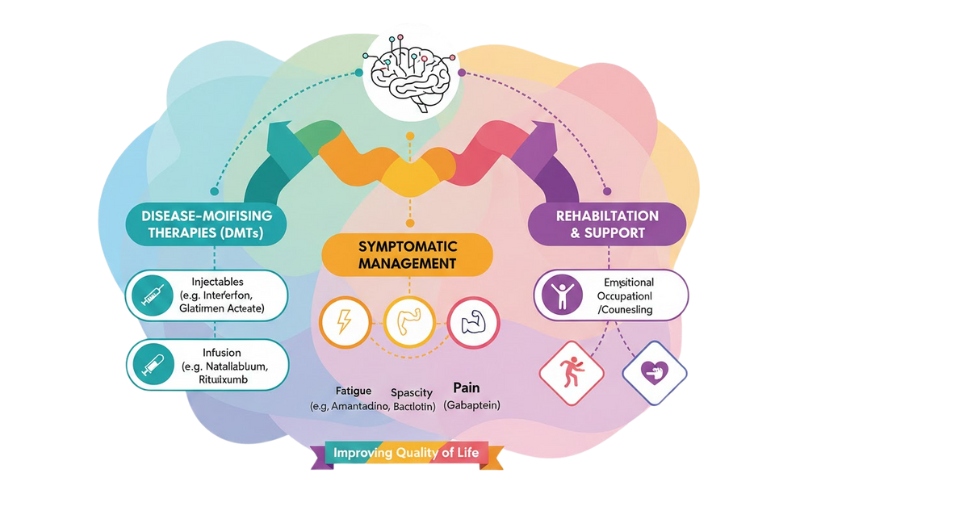
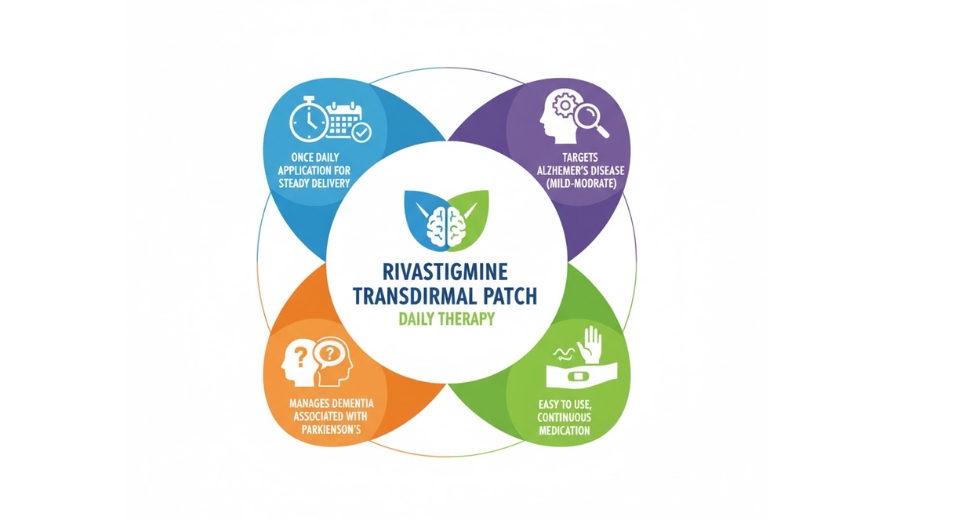
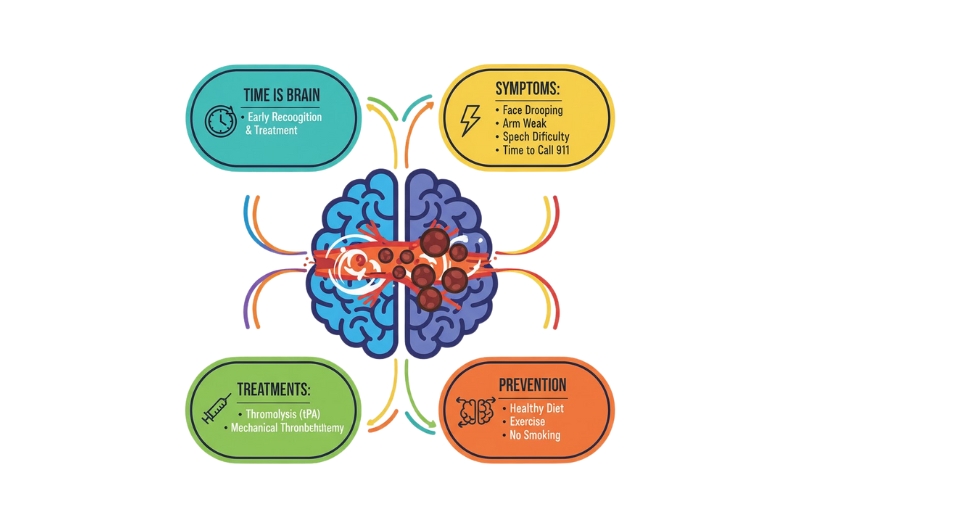
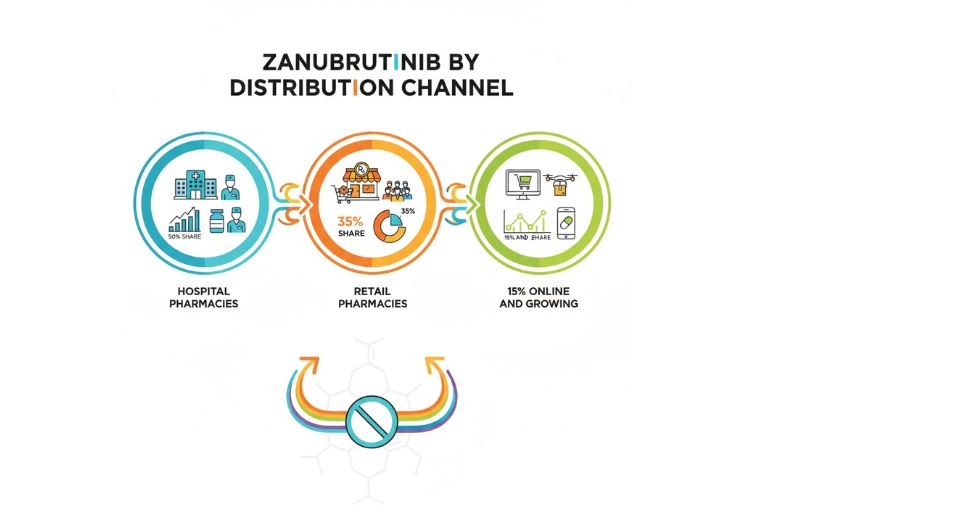

 US: +1 3023308252
US: +1 3023308252






